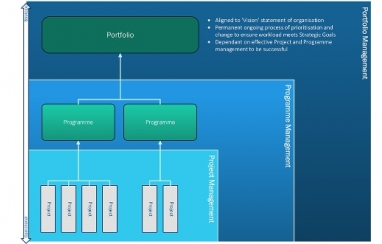- Luxury Online Shop
- nike junior av hooded top black white , Nike Air Yeezy Slippers
- nike air jordan 1 mid outlet
- Latest Nike Air Max 97 Trainer Releases & Next Drops , Nike Air Jordan Retro I High OG Black Metallic Gold 2020 , IetpShops
- Manor PHX – Cheap Ietp Jordan Outlet , Костюм спортивний adidas Eqt , Premium Footwear & Streetwear Boutique
- Air Jordan 1 University Blue 555088 134 Release Date Price 4
- Air Jordan 3 Rust Pink CK9246 600
- air jordan spring 2021 retro collection release date info
- air jordan 1 mid chicago 2020 554724 173
- Travis Scott Air Jordan 1 High OG CD4487 100 Release Date Price
- Home
- News and analysis
- Info hubs
- Events
- Video
- Case Studies
- About us
- Magazine
- Advertising
Produced for the industry by the Association for Consultancy and Engineering
Features
Portfolio management - navigating the strategic journey

In the latest article on our Programme Management Hub, Costain’s Dan Carter looks at how portfolio management helps to inform senior management decision-making on projects.
One of the most prominent examples of portfolio management currently in practice in the infrastructure sector must be Crossrail, Europe’s largest construction project. To deliver what is an extremely complex mix of substantial programmes and projects on time, within budget and meeting stringent levels of customer satisfaction, requires an amazingly complex combination of organisational governance, stakeholder engagement and effective management of benefits, finance, risk and resources.
My colleagues have already outlined what best practice looks like in terms of programme and benefits management. Portfolio management takes this a step further by helping to inform senior management decision-making on project and programme selection to align with the company’s strategic vision.
Portfolio management starts with this vision for change. How that change is delivered is structured into projects and programmes, with the aim of ensuring that the ‘business-as-usual’ corporate entity can manage these multiple programmes. It means that as an organisation you understand your current position in your market and what you need to do to bring about whatever change is necessary to ensure your future by categorising, prioritising and balancing your portfolio for the greatest gain.
Making the right decision at the right time
The diagram above shows the relationship between portfolio, programme and project management. It emphasises how closely they are linked and the inter-dependencies that you have to take into account to deliver change effectively and efficiently.
Understanding what this means to your way of doing business is critical in today’s tough economic climate. The good news is that there are increasingly sophisticated methodologies emerging to lay the right foundation for success. For example, the Management of Portfolios (MoP), sponsored by the UK’s Cabinet Office, is based on tried and tested principles, practices and techniques to help organisations manage their portfolios through a balance of change and business as usual. It is closely aligned to other project methodologies such as MSP and PRINCE2 but takes a more holistic view.
At a meeting of the Association of Project Management’s Portfolio Management Special Interest Group held earlier this year, several key themes emerged in terms of successful portfolio management. They included:
Portfolio management (PfM) should be seen as an integral part of the business cycle, embracing strategic and financial planning as well as ongoing change delivery.
There is no single model that will fit all organisations; the PfM approach must be tailored to align with how the organisation operates, especially its governance processes.
Obtaining the best results from PfM is often more about getting the right balance of collaborative behaviours among the senior stakeholders than having a perfect suite of processes.
The full potential of PfM requires that there is a real desire to learn from past experiences, so that the best project/programme/portfolio practices are actively fostered and support given to areas requiring improvement.
Organisations dealing with large and complex projects face the challenge of finding the right balance between risk and opportunity as they try and decide on those initiatives which align with the strategic vision. Portfolio management offers a framework to achieve this. Smart executives realise that their current operations represent what their organisations are today, while their portfolio of projects and programmes represents their continued success tomorrow.
Dan Carter is head of planning and project controls at Costain





